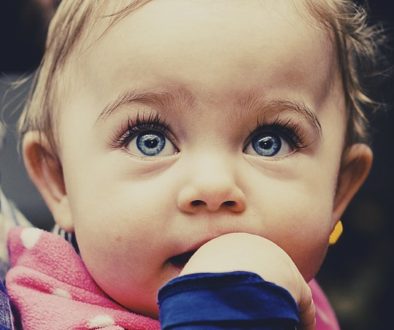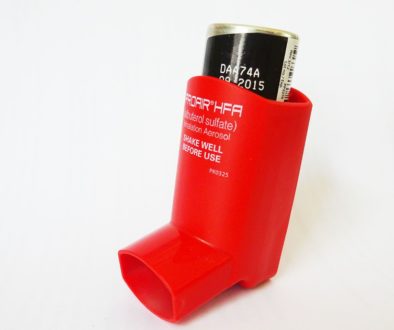Gaps in Baby Teeth
 Many parents come to me worried because their child has gaps in between all of their baby teeth. They are worried because they think that gaps in baby teeth mean that they’ll have gaps in their permanent teeth. Is this actually the case? What do gaps in baby teeth actually mean?
Many parents come to me worried because their child has gaps in between all of their baby teeth. They are worried because they think that gaps in baby teeth mean that they’ll have gaps in their permanent teeth. Is this actually the case? What do gaps in baby teeth actually mean?
Good news for all parents out there. Gaps in between baby teeth are perfectly normal and healthy. In addition to being used for chewing, the primary reason for baby teeth is to hold the space for your permanent teeth. Children who lose their baby teeth early due to cavities or accidents actually lose space in their mouth leading to crowded adult teeth. Adult teeth are also quite a bit larger than baby teeth. Those gaps ensure that there will be enough space for the adult teeth to come in properly.
I would much rather a child have a child with gaps in between their teeth than no gaps. These children almost always have better spacing of their adult teeth than children without gaps. Children who already have crowded baby teeth almost always end up with crowded permanent teeth. One other benefit to gaps in between baby teeth is that it reduces the risk of developing cavities in between them. Teeth that are touching tend to catch food between them and develop cavities there. Smooth surfaces that can be easily cleaned by your saliva and toothbrushing are far less likely to develop a cavity.
So, again, if your child has gaps in their baby teeth, don’t worry! Yes, it is possible that they may develop spaces in their adult teeth but it is also very likely that they’ll develop normal straight adult teeth too. If they do develop gaps, those are much easier to fix than highly crowded teeth.



